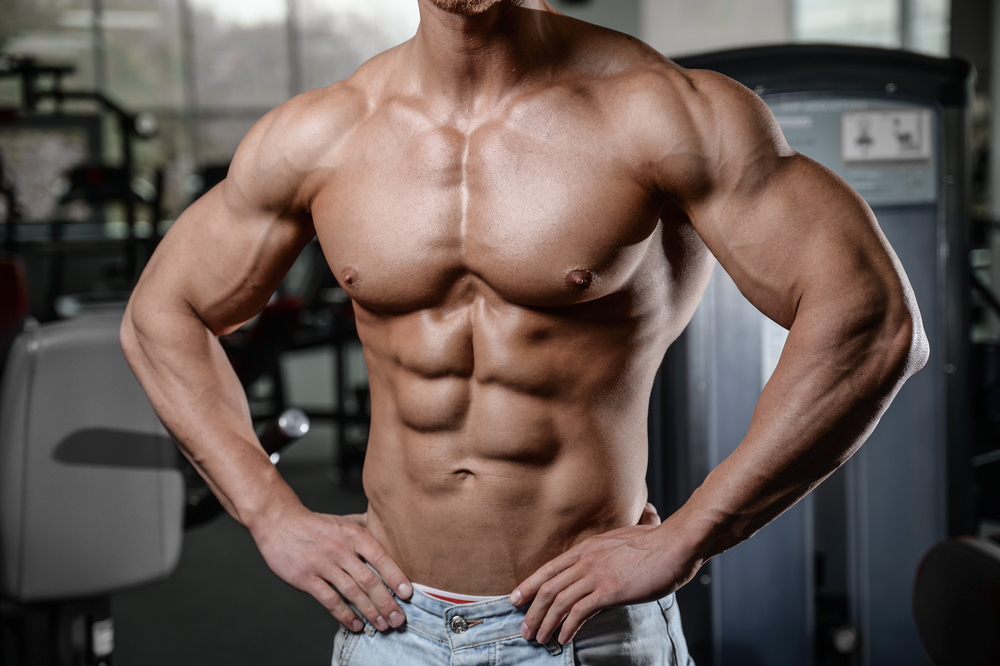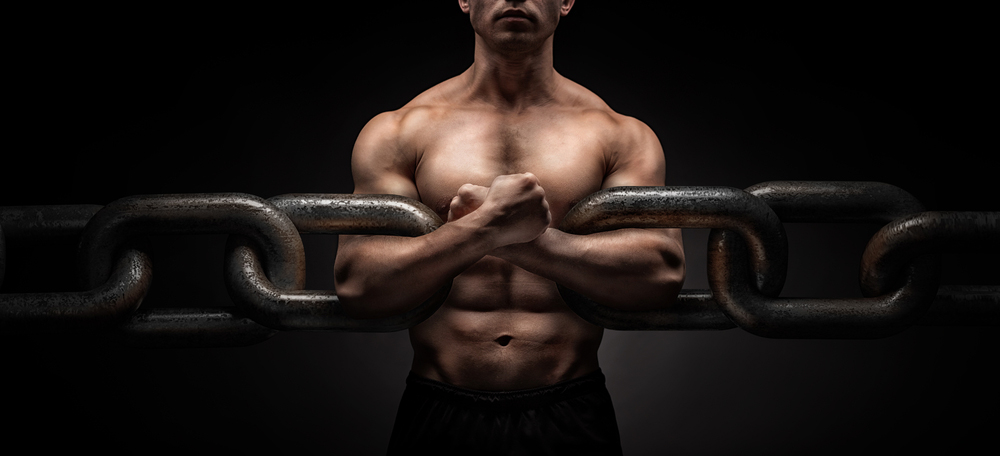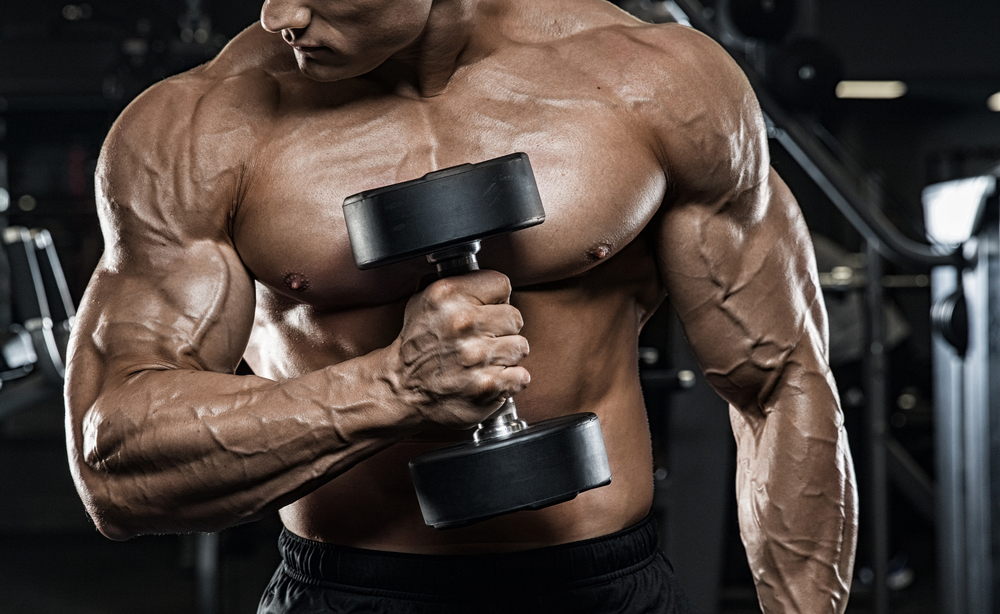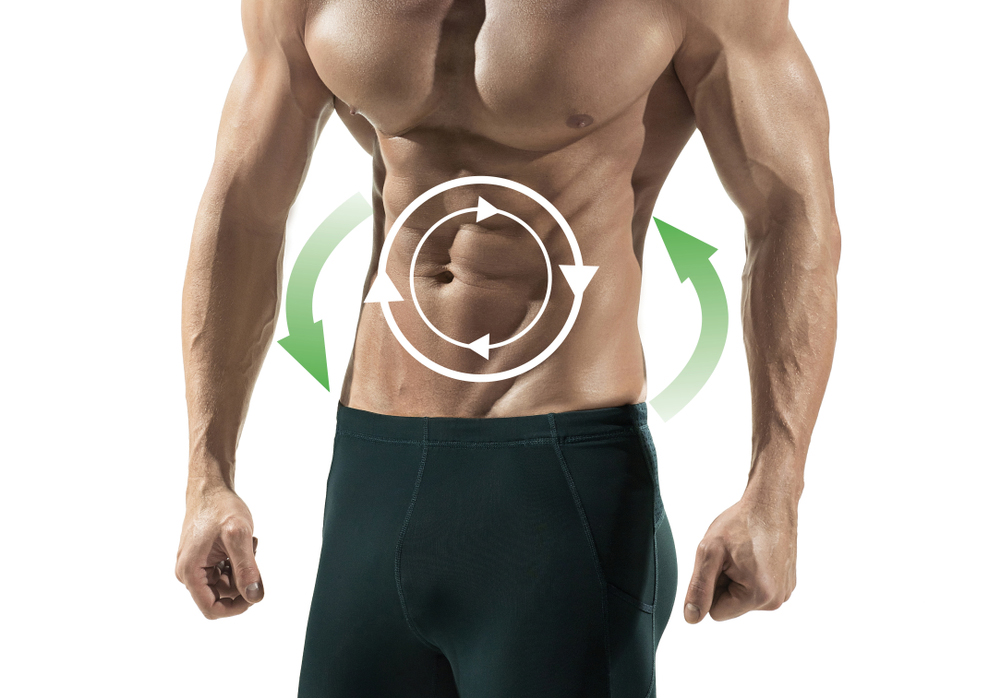Cutting is a word we hear a lot, but one that everyone has trouble understanding in reality. By definition, a Cutting period is a diet that aims to sculpt the body and bring out the muscle mass. The aim here is to combine muscle development and fat loss.
This is a bit more difficult because in general, when a person loses weight and fat, the muscles also tend to sag. This requires a particular lifestyle, sports practices and a well adapted diet.
What needs to be prioritised when going through a Cutting period?
It is important to know from the start that all energy supplies are essential for the body to function normally. However, in order for the muscles to develop to the maximum, the protein intake must be prioritised during the Cutting period.
On average, you should consume between 1. 8 and 2. 3 grams of protein per kilo of body weight, spread over the meals of a whole day.
Try to find them in fresh and organic foods in order to keep the fibre in the food.
Foods rich in fat should not be eliminated from your diet during the lean period. Athletes tend to believe that in order to gain muscle faster, they have to stop eating fats because they only add fat.
You should know that unsaturated fats are essential for the proper functioning of the body, to protect you from bone diseases and hormonal disorders. You should consume 1 gram per kilo of body weight.
Carbohydrates, especially foods containing sugar, are known to be fat blockers. This is why bodybuilders prefer to avoid them permanently. Carbohydrates are essential for the proper functioning of the brain and to fight fatigue. During your Cutting period, you should consume between 2 and 4 grams per kilo of body weight.
If we take a concrete example, for a person weighing 60 kg, we need 138 grams of protein, 60 grams of fat and 240 grams of carbohydrates per day. There are currently applications that allow you to measure and have precise information on the dishes you are going to eat.
What kind of sports activities should you choose?
During a Cut, you may feel very tired. This is mainly due to all the pressures the body is under. However, to optimise the results, you should not neglect sporting activities. The best thing to do during moments of fatigue is to increase the recovery time or take off a set.
During Cutting periods, short or medium series should be preferred. Don't hesitate to increase the load to make the muscles work even more, because it is the intensity of the exercises that will burn fat while strengthening the muscles. The only exercise that is not recommended during the Cutting period is cardio because it melts the muscles.
If you must do it, opt instead for HIIT, a succession of intense sprints lasting a few seconds and rest periods. This exercise is very effective in burning fat even hours after exercise.
What are the indicators of a good workout?
The Cutting period must be followed very closely to avoid disastrous consequences for the body. In general, an athlete loses an average of 500 grams to 1 kg per week during the cut. It may be possible to lose more, but the body may suffer harmful consequences without the athlete being aware of it, and this is already muscle loss.
If you are losing more or less, you need to reconsider some aspects of the Cutting period. Are you exercising enough, are you well hydrated, have you not pushed yourself on proteins and food supplements.
Good weight loss can also mean losing belly fat. At the beginning of your diet, remember to take your weight and your measurements. Every centimetre of belly circumference that you lose during your cut would mean that you have lost about 300 grams of your initial weight. Remember, the important thing is not to lose pounds as quickly as possible, but rather to lose fat while keeping the muscle.






